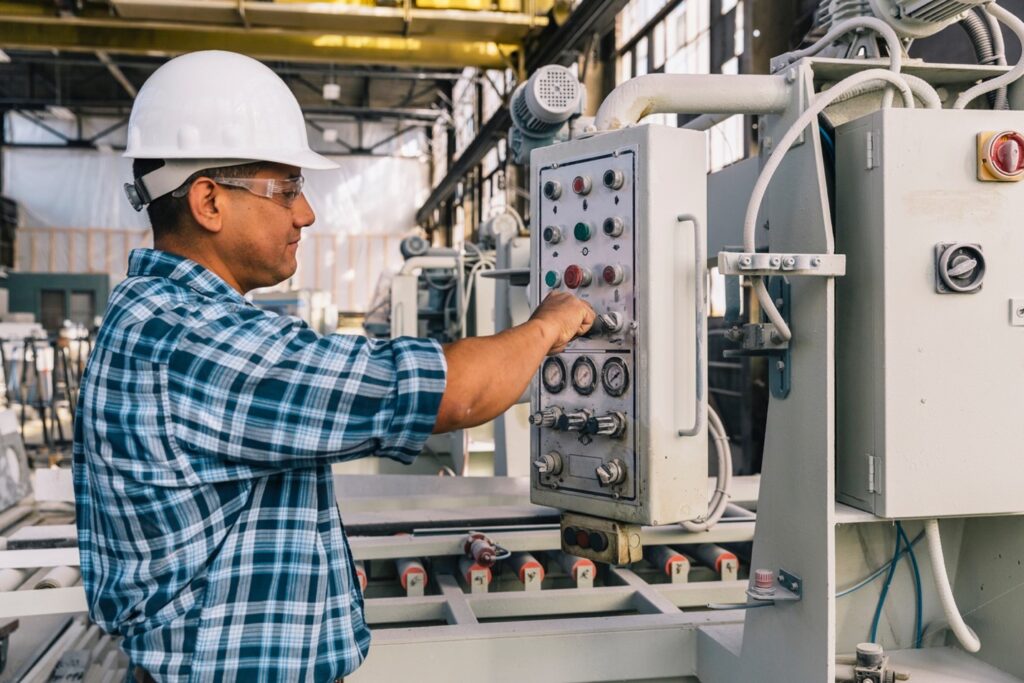
Designing For A Greener Future: Sustainability In Manufacturing Machines
The world is increasingly focused on sustainability, and the manufacturing sector is no exception. Consumers are demanding eco-friendly practices, and regulations are evolving to reflect this shift. This presents a compelling opportunity for manufacturers – by incorporating sustainability principles into the design of their machines, they can not only benefit the environment but also reap significant economic rewards.
The Benefits of Green Design
Sustainable manufacturing machine design offers a win-win scenario for businesses. By focusing on resource conservation and energy efficiency, manufacturers can significantly reduce their environmental footprint. This translates into a positive impact on the planet, aligning them with global sustainability goals. Additionally, sustainable design principles can lead to cost savings through minimized waste generation and lower energy consumption.
Beyond environmental and economic benefits, sustainable machine design can also enhance a company’s reputation. Customers today are increasingly conscious of eco-friendly practices, and a commitment to sustainability can be a major selling point. Furthermore, adhering to evolving environmental regulations becomes easier when sustainability is embedded into the design process from the very beginning.
Implementing Sustainable Design Principles
So, how can manufacturers translate these principles into action? A crucial step is integrating a life cycle assessment into the design process. This involves evaluating the environmental impact of the machine throughout its entire lifespan, from raw material extraction to disposal. This holistic approach allows engineers to make informed decisions about materials, manufacturing processes, and even end-of-life options.
Technology also plays a vital role in sustainable design. Advanced software tools like computer-aided design (CAD) can help engineers optimize both functionality and aesthetics, minimizing material usage and ensuring efficient operation. Additionally, simplifying design complexity can further reduce the environmental impact. Removing unnecessary components not only streamlines assembly but also minimizes energy loss during operation.
Material selection is another critical aspect of sustainable design. Opting for materials with lower embodied energy (the energy required to extract, process, and transport them) and those that can be easily recycled or reused can significantly reduce the environmental burden. For instance, utilizing high-efficiency, NEMA gearboxes, can not only improve overall system efficiency but also extend the lifespan of the equipment, reducing the need for premature replacements.
Safety plays a vital role not only for workers but also for the environment. Conducting thorough safety audits throughout the design process ensures the equipment operates safely and efficiently, minimizing the risk of accidents that could lead to environmental damage. Furthermore, integrating smart technologies like real-time energy monitoring and predictive maintenance systems empowers manufacturers to identify and address potential issues before they escalate into bigger problems.
Curious about the specific ways sustainable design can improve a machine’s environmental impact? The following infographic dives deeper into the benefits of sustainable manufacturing machine design, showcasing how each principle contributes to a greener future for the industry. By adopting these sustainable design principles, manufacturers can create machines that are not only efficient and productive but also environmentally responsible.





